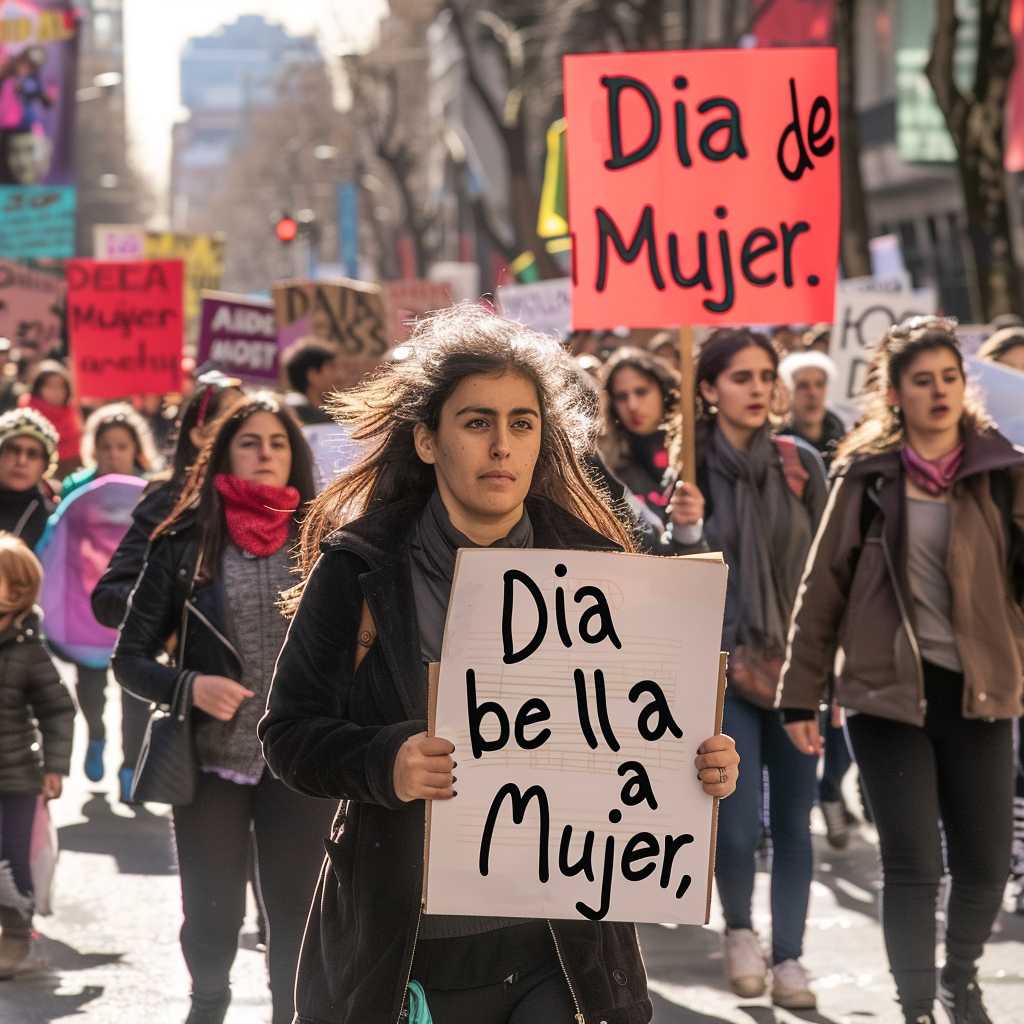Celebrating Women Worldwide: The Significance of International Women’s Day (Día de la Mujer)
March 8th marks a significant date in calendars around the globe as International Women’s Day, or Día de la Mujer, is observed in various nations through events that celebrate women’s achievements, draw attention to issues such as gender inequality, and advocate for gender parity. From its early 20th-century socialist roots to its widespread contemporary celebrations, International Women’s Day has become a focal point in the movement for women’s rights.
Historical Origins of International Women’s Day
While International Women’s Day is now celebrated globally, its origins are rooted in the early 20th-century labor movements. The first National Woman’s Day was observed in the United States on February 28, 1909, under the declaration by the Socialist Party of America. This was in response to various labor strikes and protests demanding better pay, shorter working hours, and voting rights for women.
International Women’s Day as we know it today was proposed by Clara Zetkin, the leader of the ‘Women’s Office’ for the Social Democratic Party in Germany, at the second International Conference of Working Women held in Copenhagen in 1910. More than 100 women from 17 different countries agreed with Zetkin’s suggestion and thus, marked the beginning of International Women’s Day.
The very first International Women’s Day was celebrated on March 19, 1911, across Austria, Denmark, Germany, and Switzerland. However, it was moved to March 8th in 1913 and this date has been universally recognized since then.
The Evolution of Día de la Mujer
Through time, Día de la Mujer has evolved from its socialist origins to embrace broader themes of feminism and women’s rights. Notably, in 1975 during International Women’s Year, the United Nations officially began celebrating the day.
What started as a form of political protest has transformed into an occasion that encompasses the celebration of womanhood, advocacy for women’s rights, and solidarity against gender discrimination. Each year is marked by a specific theme chosen by organizations such as the UN. These themes often reflect contemporary issues affecting women – from social to economic challenges.
Global Celebrations and Advocacy Movements
The observation of International Women’s Day varies from country to country. Some societies acknowledge it as a day off work for women while others organize marches and gatherings that emphasize women’s contributions to society and highlight ongoing struggles. Campaigns surrounding Día de la Mujer also span across virtual spaces where individuals and organizations employ social media to share messages of support and raise awareness about gender inequalities.
Non-governmental organizations, civil rights groups, and governments take this day as an opportunity to host talks on key issues such as education for girls, violence against women, representation in politics and business leadership roles, and closing gender wage gaps. Fundraising initiatives for women-centered charities are also prominent features of these commemorations.
Challenges and Controversies
While there is much to celebrate on Día de la Mujer, controversies have arisen regarding whether the day’s original political essence has been diluted amidst capitalist exploitation through commercialization. Some critics argue that sales promotions targeting women undermine the more profound meaning behind the day instead of prompting reflection or mobilizing change.
Feminist activists often warn against deviating from core issues such as reproductive rights or protections against gender-based violence. There are also concerns about inclusivity within movements associated with Día de la Mujer, stressing that intersectionality must play a role in recognizing diverse experiences among women.
Education and Reflection: The Key Drivers Onward
In educational institutions around the world, International Women’s Day provides an educational background that integrates discussions on history related to women’s rights movements alongside current societal developments tied to women’s status. It is a catalyst for understanding past struggles and acknowledging that progress made towards equality is an ongoing process.
Schools host visual arts competitions themed around powerful female figures in history or organize plays depicting narratives of women who made significant changes within their societies. Workplace seminars often focus around empowerment tools and discussions about upliftment strategies for professional advancement.
